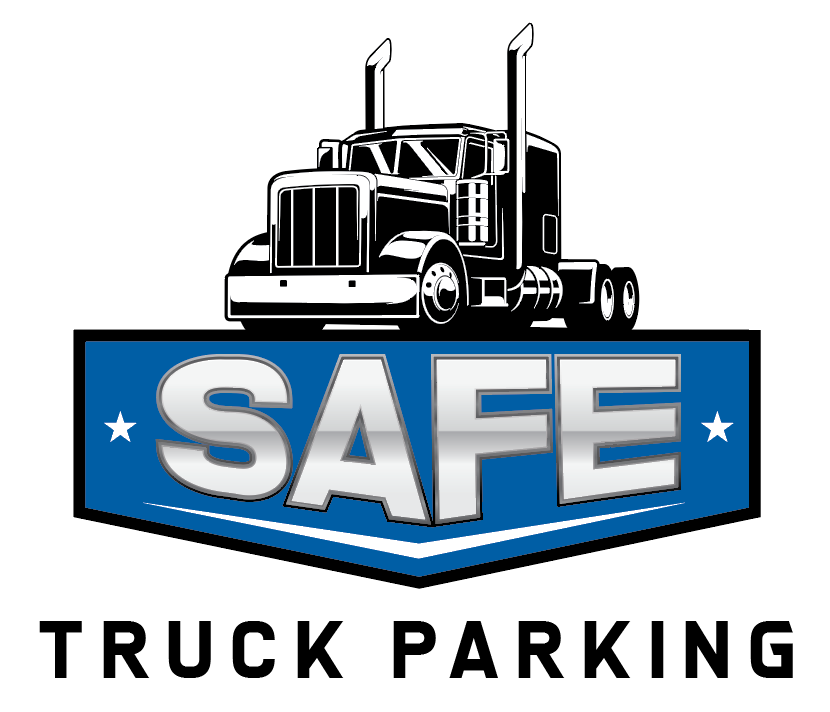How do Truck Drivers Keep In Touch?
When most people think of truck driving, the image of a trucker with a CB mic in hand using 10-codes comes to mind. It’s such a classic American image that it has found a place in literature, songs and movies. A lot of things have changed in how we communicate over the last decade or so. Observers and even some truck drivers ask if CB radio still has a place. And if not CB, we want to know how truckers can communicate in current times.
CB Keeps on Trucking
The Citizen’s Band started in the 1960s but came into its prime in the 1970s and 80s. CB uses an AM frequency taken from what was once the 11-meter ham band. It is still used, but not nearly as much as it once was. The CB was a trucker’s only link to the world outside the cab through many decades and miles. Truck stops and even highway patrol officers often made use of CB radios.
The CB could let a trucker find out about accidents and weather conditions down the road, help them find or avoid weight stations, and even keep updated on the locations of speed traps and law enforcement patrols. Most importantly, the CB provided community and entertainment to truckers as the long and lonely miles rolled on.
Today, the CB is still used, but far less often. Many drivers still keep one in the cab, but it is no longer used regularly. When used, it is typically to get local area information on weather, traffic, and possibly good places to stop and eat. Its use as a source for community and entertainment has moved elsewhere.
So if not CB, where do truckers now go to fill such needs?
Mobile Devices Fill In Many Gaps
Everyone has a cell phone. When a trucker needs to contact friends or family, they usually call them.
Social media also helps truckers keep connected on the long haul. There is a vast selection of truck driver groups to join on Facebook to swap stories, share local news, and connect with fellow travelers. Many of these groups only allow truckers.
And like so many other things in life, there is an app to replace the CB. Apps can let truckers in a specific range or even a particular state carry on a voice chat with each other. Such apps allow talking to be more private and avoid the clutter that is sometimes backed up on the 40 CB channels. Apps can also provide assistance in navigation, booking parking, finding scales, and avoiding speed traps. Truck stop chains even have mobile apps that let you do everything from pay for your gas to reserve and activate a shower.
Some Use a Higher Class of Radio
Some truckers enjoyed the CB but wanted more out of it through channels, range, and intelligence of banter. So, they decided to become licensed amateur radio operators. Amateur radio operators, often known as “ham” radio operators, have long looked down on the so-called “chicken band” that took some of their beloved frequencies many decades ago.
Amateur radio offers a lot more frequencies to choose from. Ranges can go up to hundreds of miles. And local repeaters serve as gathering points. Some truckers even form ham radio hubs by combining radio transmissions with the internet. Such digital hubs and repeaters can often develop into small communities that include more than just truckers. Mechanics, truck stops, shipping companies, and even just curious conversationalists can all be found on the air.
Where Cell Signals Don’t Go
America is full of small towns and villages that depend on truck drivers to deliver most commercial goods. These small towns may not have reliable cell service, so alternate means of communication may be needed. CB radio can still provide an invaluable link between truckers, truckers, and locals in such places.
Conclusion
So, yes, truckers still use CB radios, but not to the extent they once did. Mobile devices, social media, and even more advanced radios fulfill the needs CB once did.
But if you have an old CB lying around, you can still sometimes hear some seasoned truck drivers on Channel 19 talking about how everything is 10-4 as they put the hammer down. So the next time you’re lonely or bored in the cab, toss out a call and see who answers.
